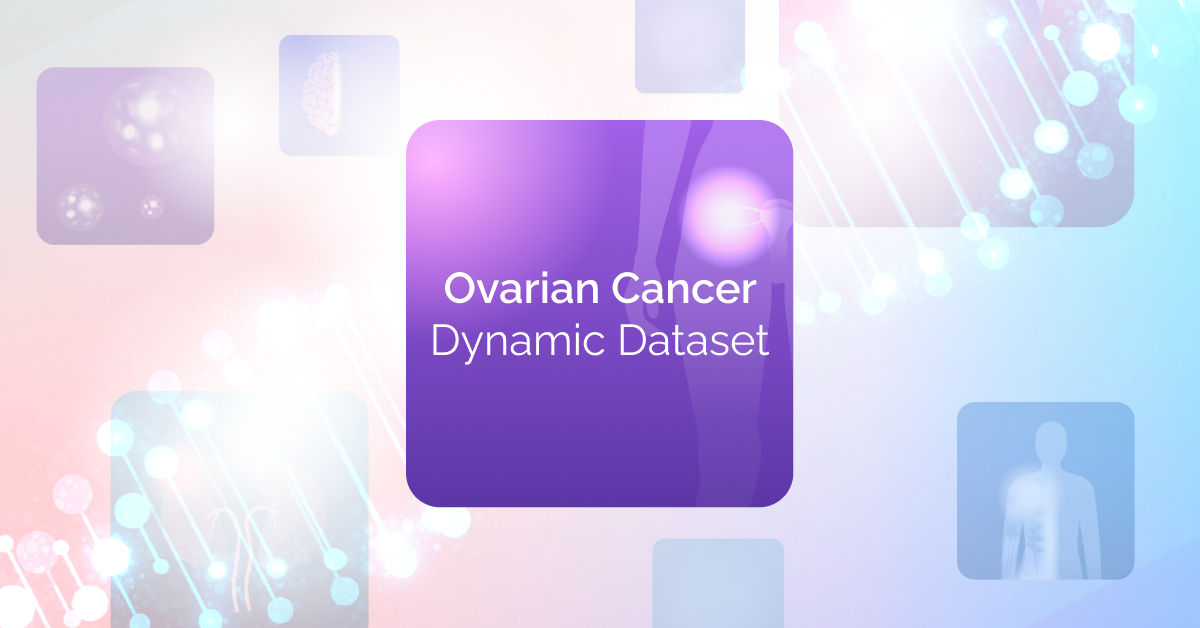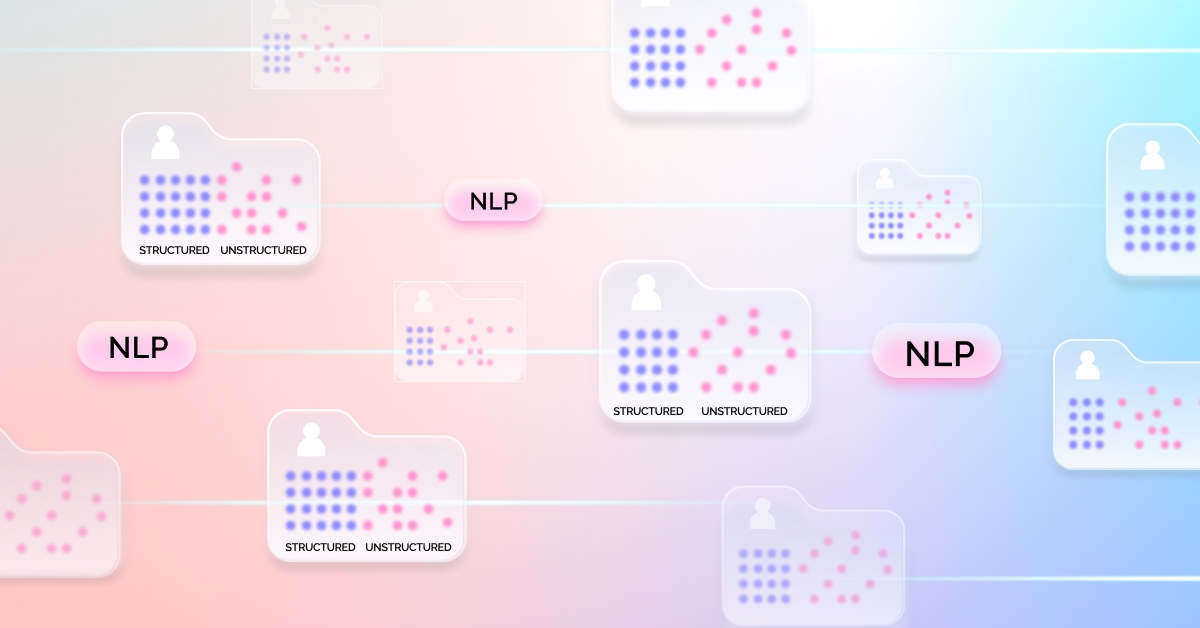When the COVID-19 vaccines were first made available at the beginning of 2021, Israel exhibited one of the best and fastest inoculation strategies worldwide. By February, the country boasted one of the highest vaccination rates per capita, setting an example for the rest of the world.
What made Israel so successful? How can this success be reproduced and even improved?
These questions can hold the key to not just a response to a new pandemic but also to revolutionizing the healthcare industry at large.
Israel’s vaccination rates were high partly because of its small size–but the population was not the only factor at play. Israel rapidly mobilized disaster funding with its national government and carefully managed the supply chain from freezer to patient, providing citizens with same-day appointments for greater efficiency.
However, one crucial factor made Israel stand apart from the rest of the world. Four health maintenance organizations (HMOs) contain the digital records of the entire population of Israel. Thanks to these rich datasets, healthcare providers adopted a patient-centric approach to vaccination. They could, for example, quickly identify target populations based on underlying conditions and tailor their outreach tactics based on personal information.
In an unexpected finding, medical data both increased vaccination rates and contributed to vaccine science. Israel supplied Pfizer, scientists, and the Ministry of Health with anonymous digital medical data. The data allowed researchers to track the impact of the vaccine and analyze adverse events with groundbreaking speed.
As impressive as these medical achievements are, they only scratch the surface of the potential held in medical data. Moshe Bar-Siman-Tov, the former Director-General of the Ministry of Health, claimed recently that the power of medical data will only be fully unlocked when stakeholders learn how to share data effectively.
To Bar-Siman-Tov, security is the major obstacle to good medical collaborations. Personal healthcare data is at risk in the current landscape, where healthcare providers often extract sensitive information and store it in the cloud or on third-party servers. This method of data storage poses a huge regulatory and privacy risk and undermines the data governance of providers.
Some providers try to bypass the challenges inherent in data sharing by providing researchers with synthetic data. Though synthetic data mimic real-world data, they are not nearly as accurate or reliable and significantly reduce the quality of medical research, just as other data permutation solutions.
Bar-Siman-Tov believes the answer to such challenges lies in solutions that connect many users, allowing them to exchange high-quality data reliably and securely.
Security is especially valuable in personalized medicine, as healthcare professionals and scientists can access multiple levels of patient information. Imagine, for instance, a doctor deciding on a course of treatment based on a harmonized view of an HMO record, hospital x-ray, and information from health apps such as Fitbit. That kind of rich decision process can save lives.
A secure data-sharing network could also help to tackle pandemics. A network that crosses borders and demographics could support global research and bring the latest medical knowledge to a diverse population of patients.
Healthcare providers and life sciences researchers in every country are in dire need of high-quality data. There is immense potential on all sides here.
Given the right tools, academic researchers, pharma companies, and the entire medical industry could access invaluable information from healthcare organizations. These healthcare organizations could, in turn, contribute to groundbreaking research while opening an additional revenue channel.
This idea is not science fiction. Experts in Israel are already creating exciting data solutions that deliver the right data into the right hands to improve both local and global medical care.
– This content is based on an article originally published on ‘Health IT Answers’ by David Lazerson.



